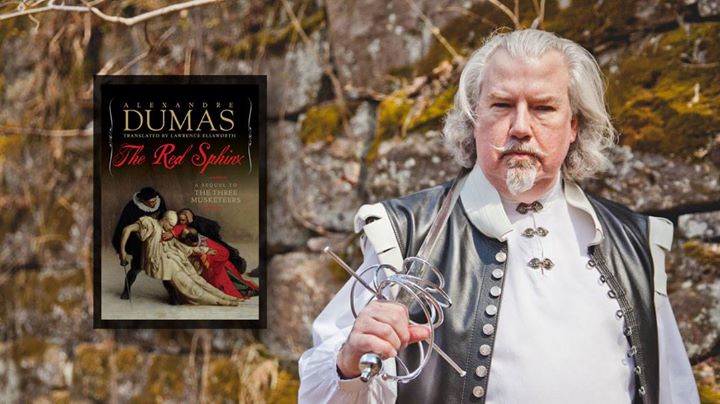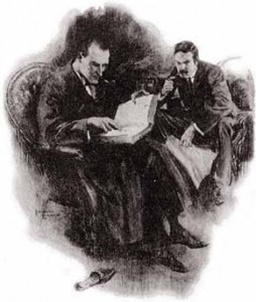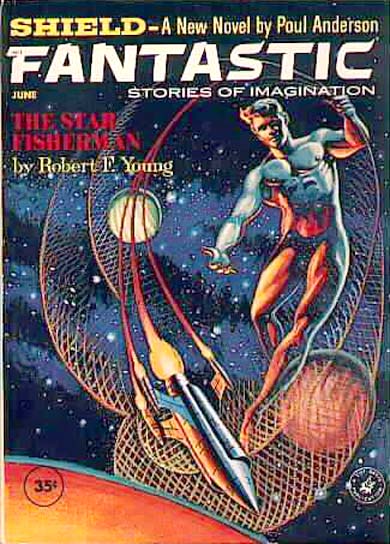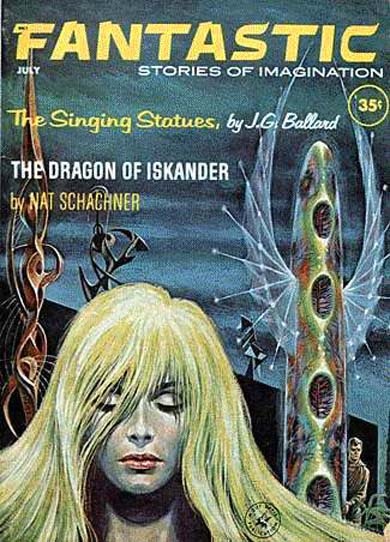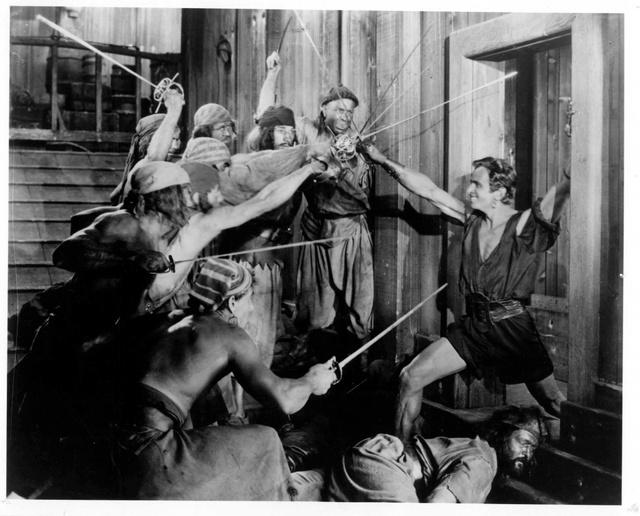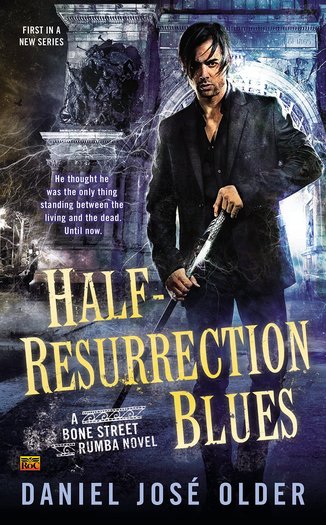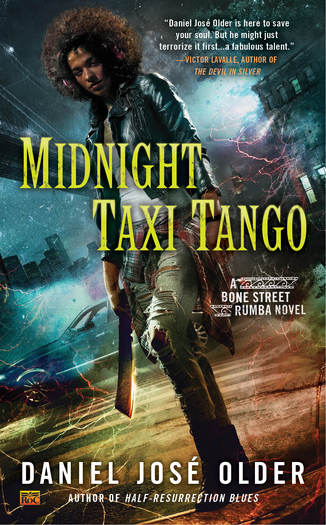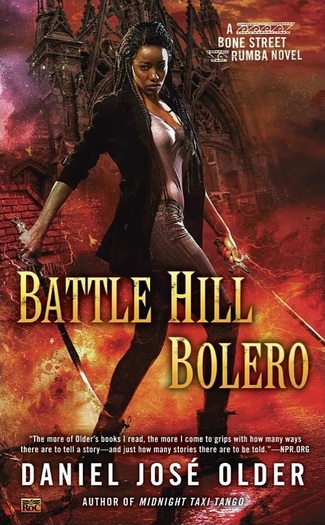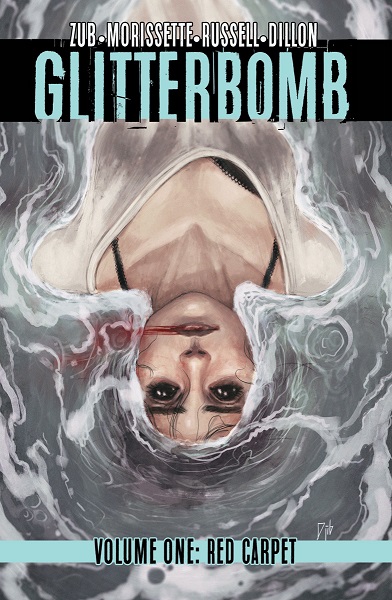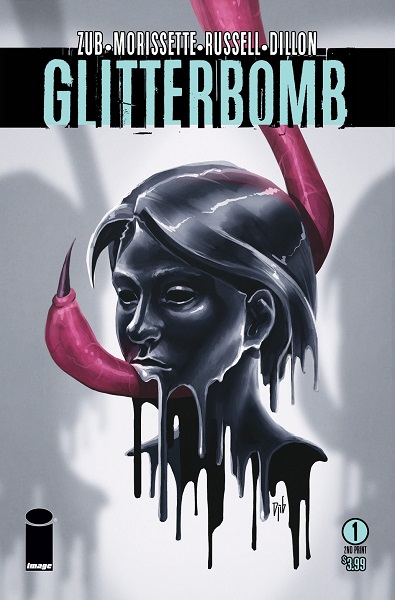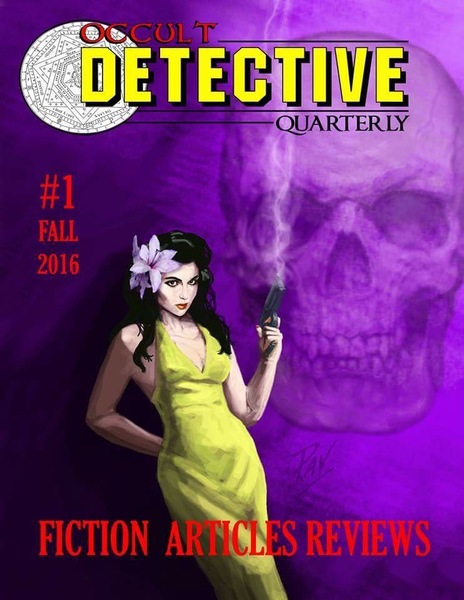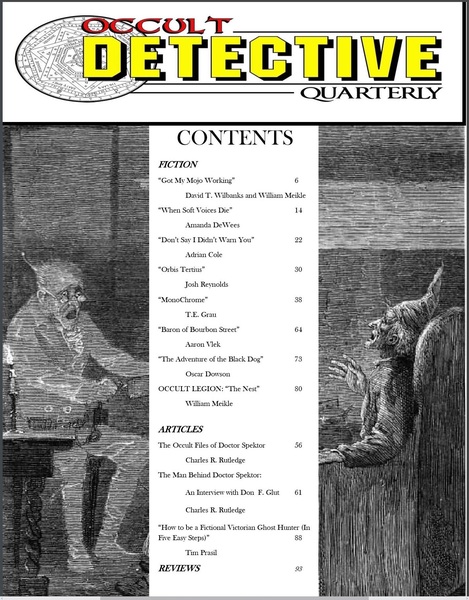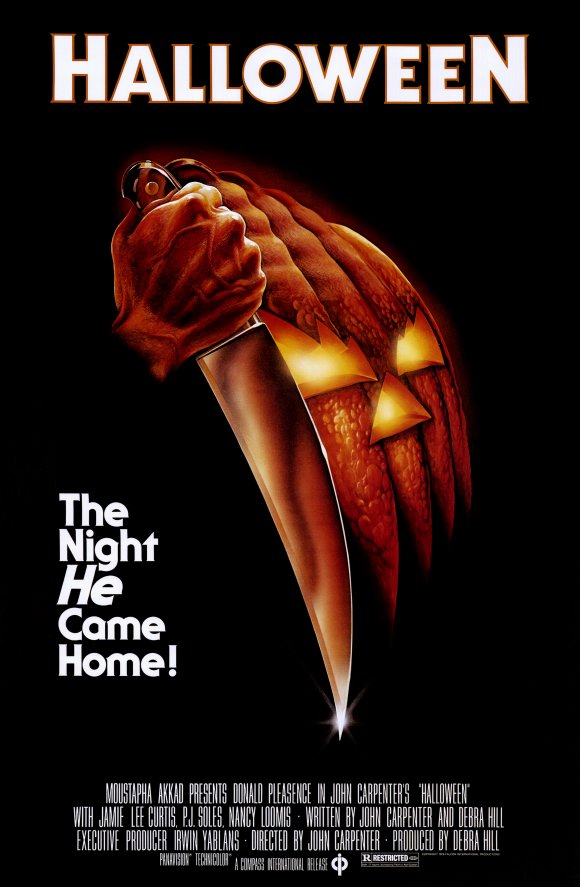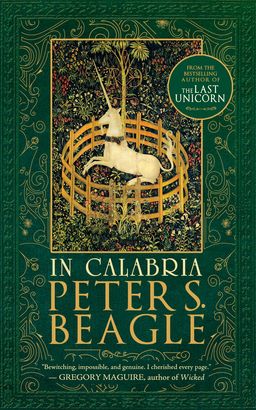Lawrence Ellsworth’s New Translation of Dumas’ The Red Sphinx
Lawrence Ellsworth (known to gaming fans as Lawrence Schick, creator of White Plume Mountain, and the lead writer for The Elder Scrolls Online), has written many popular articles for Black Gate over the years, including one of our top posts of 2015, “The “Known World” D&D Setting: A Secret History,” and more recently his fabulous Silent Screen Swashbucklers series.
In addition to his renowned gaming work, Lawrence is also a popular author and translator in his own right. His most recent release is a brand new translation of a nearly forgotten novel by the great Alexandre Dumas, author of The Three Musketeers and The Count of Monte Cristo. (That’s Lawrence above, showing off both his new book and his dashing wardrobe.)
The Red Sphinx, a sequel to The Three Musketeers that picks up where that book ended, is a massive 837-page tome that Michael Dirda calls “As fresh as ever… excellent, compulsively readable” in the Washington Post. It was published in hardcover by Pegasus Books on January 3.
